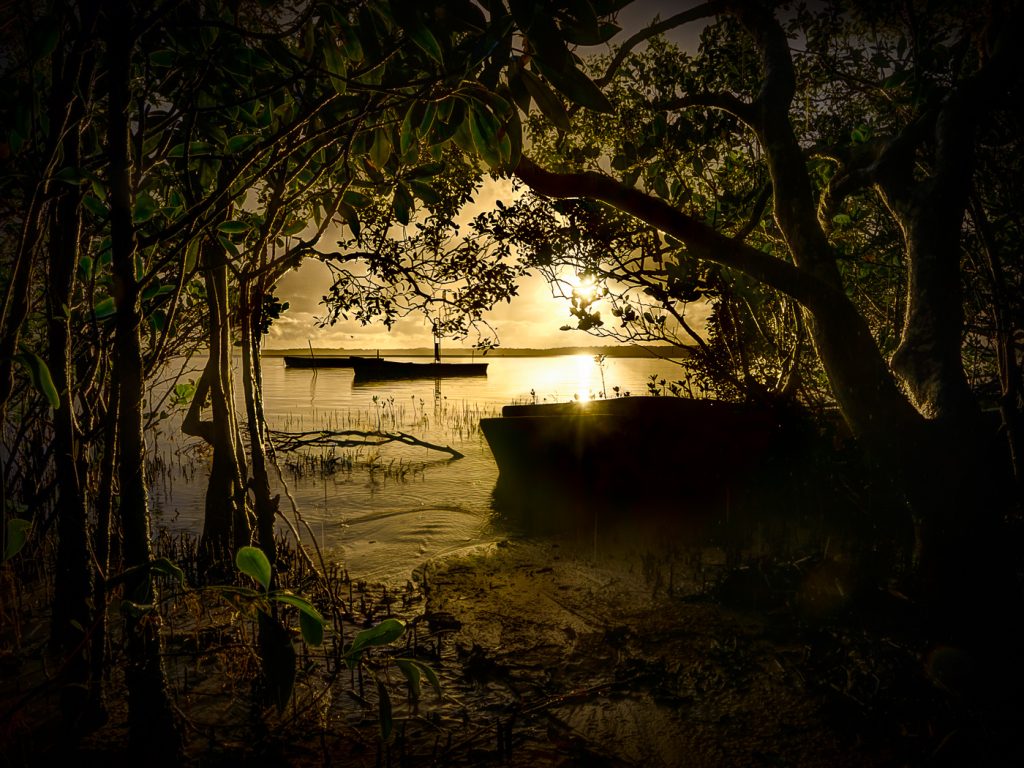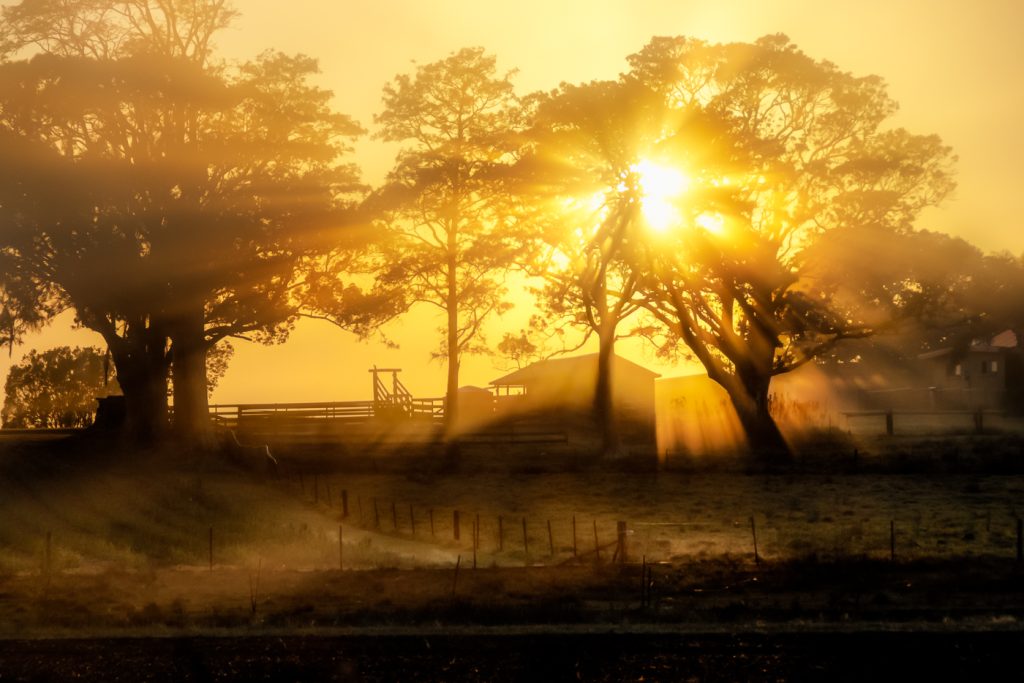The Art of Landscape Photography

Welcome to the world of landscape photography! This genre of photography is all about capturing the beauty of the natural world, from towering mountains to tranquil lakes. Whether you’re a beginner or a seasoned pro, there’s always something new to learn about landscape photography.
In this catalog, you’ll find everything you need to know to get started in landscape photography, including tips on choosing the right gear, mastering the basics of composition, and editing your photos like a pro. We’ll also feature some of the most inspiring landscape photographers from around the world, and share their tips and techniques for creating stunning images.

Choosing the Right Gear
The first step to getting started in landscape photography is choosing the right gear. The most important piece of equipment is a sturdy tripod. A tripod will help you keep your camera steady while you’re taking long exposures, which are often necessary in landscape photography.
You’ll also need a lens with a wide field of view. This will allow you to capture more of the scene in each photograph. A wide-angle lens is a good option for landscape photography, but you can also use a telephoto lens to create more intimate images.
Finally, you’ll need a software program for editing your photos. There are many different software programs available, so you can choose one that fits your budget and your needs. Some popular options include Adobe Photoshop, Lightroom, and GIMP.
Mastering the Basics of Composition
Composition is one of the most important elements of landscape photography. It’s how you arrange the elements in your photo to create a visually appealing image. There are a few basic principles of composition that you should keep in mind:
- The rule of thirds: The rule of thirds is a compositional guideline that divides the frame into thirds, both horizontally and vertically. The most important elements of your photo should be placed along these lines or at their intersections.
- Leading lines: Leading lines are elements in your photo that draw the viewer’s eye to a focal point. This could be a path, a river, or even a person.
- Negative space: Negative space is the area of your photo that is not occupied by objects. It can be used to create a sense of balance and depth in your image.
Editing Your Photos Like a Pro
Once you’ve captured your landscape photos, it’s time to edit them. Editing can help you improve the exposure, contrast, and color of your images, and it can also be used to add creative effects.
There are a few basic editing techniques that you should know:
- Cropping: Cropping is used to remove unwanted areas from your photo. It can also be used to change the aspect ratio of your image.
- Adjusting the exposure: The exposure of a photo is determined by the amount of light that enters the camera. You can adjust the exposure to make your photos lighter or darker.
- Adjusting the contrast: The contrast of a photo is the difference between the lightest and darkest areas. You can adjust the contrast to make your photos more dramatic or less.
- Adjusting the color: The color of a photo can be adjusted to make it more vibrant or more muted. You can also adjust the white balance to correct for color casts.
Once you’ve mastered these basic techniques, you can start to experiment with more advanced editing techniques. There are many different ways to edit photos, so you can find a style that suits you.
Landscape photography captures the beauty of nature and conveys its grandeur and tranquility.
By understanding the principles of composition, you can frame your shots to emphasize certain elements and create a sense of depth and perspective. Use lighting to your advantage, whether it’s the golden hour or the soft light of dawn or dusk. Additionally, experiment with different lenses to capture wide vistas or focus on specific details. Remember to consider the weather and time of day to enhance the overall impact of your landscape images, and always strive to connect with the natural world and convey its essence through your photographs.
